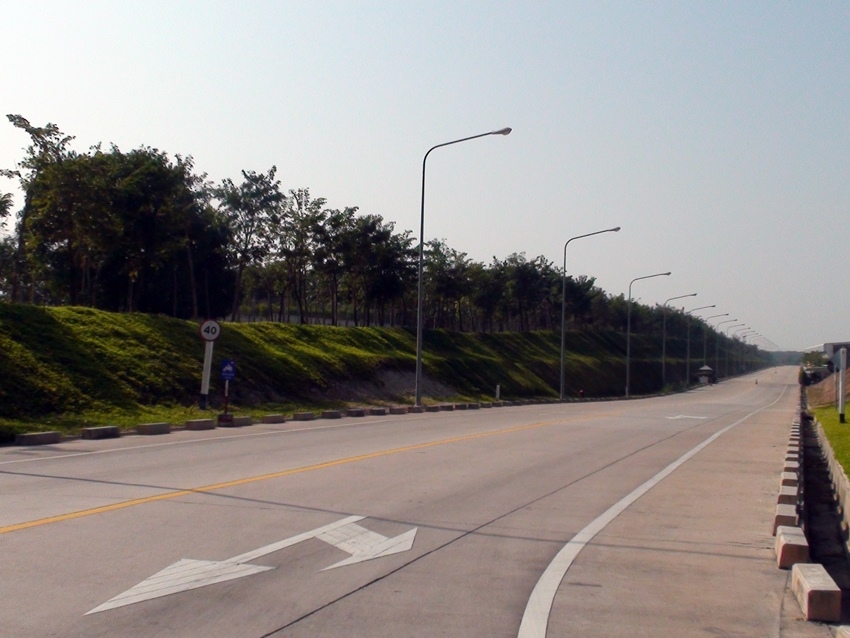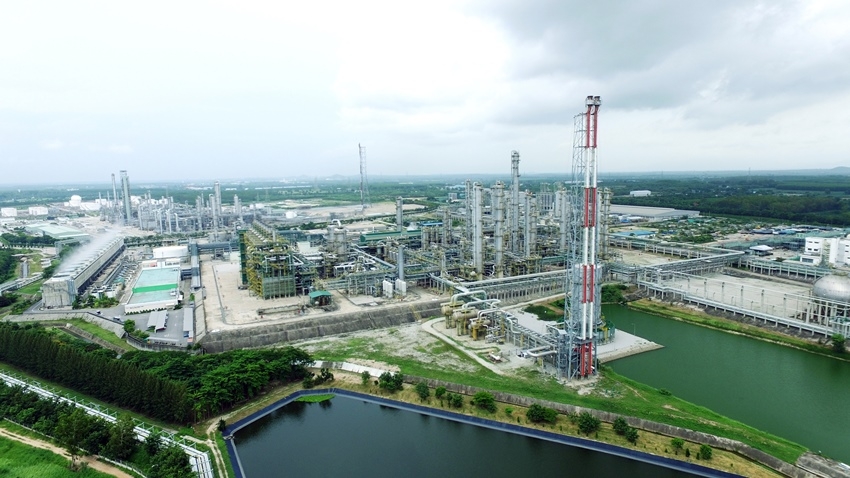Industrial estates are of great significance because they provide areas for large factories, which are key drivers of the national economy. As a result, the Industrial Estate Authority of Thailand (IEAT) has applied the concept of industrial ecology to these zones to create cooperative networks between manufacturing plants and communities in the vicinity so as to bring mutual social, economic, and environmental benefits to both parties for sustainable and harmonious coexistence.
Mr. Verapong Chaiperm, Director of the Executive Board of the IEAT, described to us the rationale behind industrial ecology and provided examples of industrial estates that have found success in applying the concept.
The Origin of Industrial Ecology
Industrial ecology is a concept that is applied to sustainable industrial development. It centers on eco-friendliness and involves developing industrial systems that mimic ecosystems and symbiosis relationships found in nature, with the aim of preserving natural resources and energy for posterity and creating sustainability.
In fact, this notion has been around since 1989 but was first applied to industrial estate development in Thailand in 2010 to bring into existence an eco-industrial town, with the goal of elevating and transforming all existing industrial zones into eco-industrial towns by 2019.
Criteria for Eco Industrial Estates
IEAT has specified five dimensions of standard criteria for eco-industrial estates, namely physical, economic, social, environmental, and management dimensions, and classified eco industrial estates into three tiers as follows.
The Eco Champion tier is for industrial estates that promote the country’s economic development and can co-exist harmoniously with communities in their vicinity thanks to adherence to environmental good governance. Industrial estates belonging to this tier are to adopt IEAT’s five-dimension criteria and use them to inform their master plans for elevating themselves to the status of eco-industrial estates.
The Eco Excellence tier encompasses industrial estates that strive to elevate the quality of life in communities and improve the quality of the environment.
The Eco World Class tier is for leading industrial estates that can serve as models for the development of the quality of life in communities and the environment.
Can You Provide Examples of Industrial Estates in the Eco Champion and Eco Excellence Tiers?
R.I.L Industrial Estate by R.I. L. 1996 Co., Ltd. is an eco-industrial estate that has been certified as an Eco Champion for three consecutive years and is Thailand’s first model eco-industrial estate in the Eco Excellence tier.
What Sets R.I.L. Industrial Estate Apart?
R.I.L. Industrial Estate is an eco-industrial estate that has been a success in sustainable industrial development. In addition to adopting IEAT’s criteria and extending the practice to the communities, temples, and schools in the vicinity, every factory in R.I.L. industrial estate has also been certified as an eco-factory in accordance with requirements of the Federation of Thai Industries and met the highest Green Industry Standards stipulated by the Department of Industrial Works.
The success of R.I.L. Industrial Estate is a clear demonstration that industrial estates can thrive alongside communities, society, and the environment and have the capacity to transform themselves into eco-industrial estates in line with the government’s national industrial zone development policy for true sustainability.
***********************************************************************
Getting to Know R.I.L. Industrial Estate
R.I.L. Industrial Estate is operated by R.I.L. 1996 Co., Ltd., a subsidiary of SCG Chemicals. Founded in 2004 on an area of over 1,700 rai in Map Ta Phut Sub-district in Rayong, R.I.L. Industrial Estate is Thailand’s first model eco-industrial estate in the Eco-Excellence tier and stands out in every dimension of IEAT’s criteria. For instance, for the physical dimension, trees have been planted as barriers between the industrial area and the communities outside. These protection strips have created a 293-rai green area with approximately 52,600 trees in total, making up 19.5% of the total area of the industrial estate. In addition, the environmental standard inspection is carried out and reported to the surrounding communities every three months.
As for the management dimension, R.I.L. Industrial Estate consistently promotes the development of its factories to meet safety and environmental standards and encourages them to obtain accreditation as eco-factories. In addition, two of the companies in the industrial estate have been certified Level 5 Green Industries, namely Map Ta Phut Olefins Co., Ltd. under SCG Chemicals and PTT Global Chemical PLC.
With regard to society and economy, R.I.L. Industrial Estate has maintained a good relationship with the communities in the area and has actively supported over 10 communities to enhance the quality of life of the residents, enabling them to develop self-reliance in accordance with the principle of sustainable development. It has also played an active role in the establishment of community enterprises, such as Pad Sian Bean Paste Pastry Community Enterprise founded by housewives in the village of Tulip in Nern Phayom Community, which has successfully increased their monthly income by as much as 200,000 ฺฺBaht.






